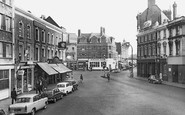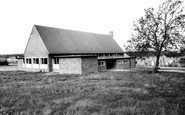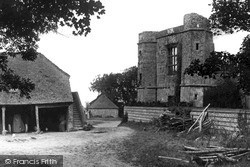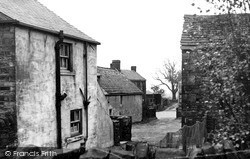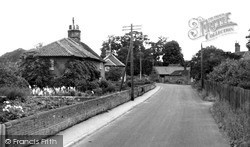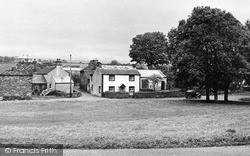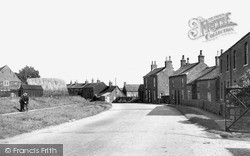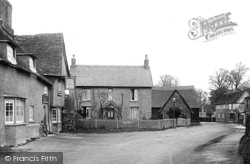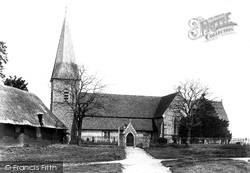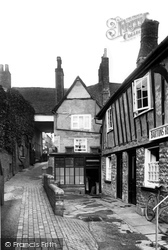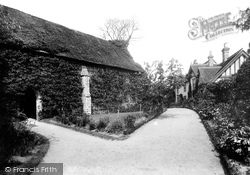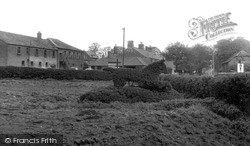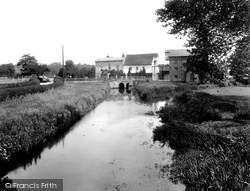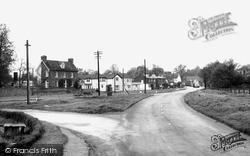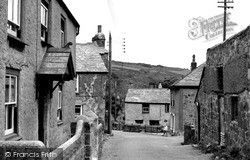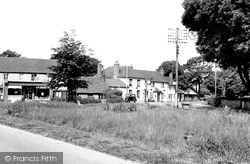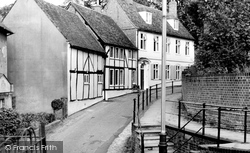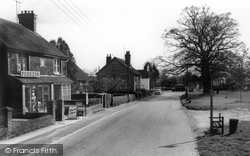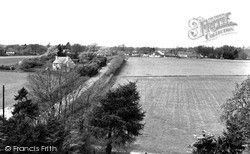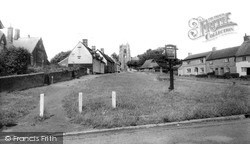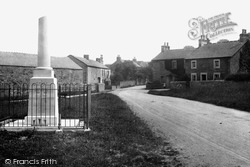Places
Sorry, no places were found that related to your search.
Photos
Sorry, no photos were found that related to your search.
Maps
39 maps found.
Books
Sorry, no books were found that related to your search.
Memories
781 memories found. Showing results 101 to 110.
Richard Alexander
Richard Alexander was born in Old Newton 1780. He is my great great great grandfather. He was married to Mary Sharman, don't know where she was born but she died in Bacton 1852. I am coming to Earl Stoneham for a week in ...Read more
A memory of Old Newton by
Kirk Hammerton Hal
My grandfather worked at kirkhammerton hall as butler for a while The family lived in laundry cottage He was Harold burns Before that he was valet to colonel stanyforth and prince henry, duke of glos
A memory of Kirk Hammerton by
Childhood In Fulham.
I grew up living in Kingwood Road in the flats, firstly the last block 25a then when I was 5yrs to the first block 1f,which hold most of my memories. We would as kids in the street roller skate,play hopscotch,stretch our skipping ...Read more
A memory of Fulham by
William H Johnson's Memories Of New Waltham Primary School In The 1930's
I lived in Station Road from 1932 to 1943 and attended the Primary School until 1935. I walked to school and remember often having to wait for trains at the level crossing. ...Read more
A memory of New Waltham by
Memories Of A Stubbington House Scoolboy
I am responding to a memory placed here by Peter Madden in 2010 - which I have just spotted. I was intrigued to read Peter Madden's memory of Stubbington. I was a contemporary of Peter's and recall that ...Read more
A memory of Stubbington
Denbigh Road Schools Luton
I attended Denbigh Road school in 1944 at the age of five and had advanced to both junior and senior schools by the age of twelve. My sister Margaret took me in on my first day but I was not too keen on staying as I ...Read more
A memory of Luton by
Before The Fire.
We moved into 1Greenhill Rise in 1958 when it was the very edge of town, the United counties bus turned around next to the house. We watched the building all around us and watched them build St Andrews, it was directly across the street ...Read more
A memory of Corby
Wood End
I lived in Wood End Lane until rather late in life really. Moved out of the family home when I was 29 and moved to Ruislip. I went to Wood End Nursery, infants and Junior Boys school, then moved to Horsenden Secondary Boys School. Both ...Read more
A memory of Northolt by
Gilwern Mountain From Pant Y Beiliau
Looking across the Clydach Gorge from Pant-y-Beiliau Farm, before the Heads of the Valley Road was built. Brunant Farm in the middle of the picture. My grandparents’ house is in the middle left. The railway line ...Read more
A memory of Gilwern by
1956 1968 Memories Of Perivale And Perivale School
I started at the nursery class at Perivale infants school in September 1956 aged 4 starting in the nursery class. The assistant was call Miss Whale we also had a French teacher and she made a little ...Read more
A memory of Perivale by
Captions
291 captions found. Showing results 241 to 264.
Situated under the downs, very close to the Long Man, the former manorial grange at Wilmington had, by the 13th century, developed into a small priory.
Most of the cottages were built in stone from the Greenmoor Quarry. The left foreground cottage has gone, but the small house (right) remains, which is connected to a converted barn and stable.
A leisurely country scene; note the lawn set out for games, and the swinging seat under its canopy.
These model estate cottages were built by the Berners family for their agricultural labourers and artisans.
These model estate cottages were built by the Berners family for their agricultural labourers and artisans.
The bottom green, seen here, was at one time a pond where ducks and geese would wander freely. It was said to have been drained in 1841 by a Mr George Brown.
Dunmow`s post office has been in the red brick building (centre) since 1939. A barn, used for meetings by local dissenters, once stood on the site.
This view looks east along the main street.
The two villages of Offord Darcy and Offord Cluny run into each other. Facing a bend in the road is the Horseshoe Inn; the date 1626 is carved on the jettied cross wing of the inn.
This fine Early English church, set back from the village and behind a narrow green, boasts a raised 13th-century chancel and a tapering, shingled broach spire.
This view looks up Olde Barn Passage past Brookes Court. In the distance is Richman's and St Mary's Street.
It is rare in Suffolk to find a spire before the Victorian period. This one is 17th-century. The window of the Cockfield chapel is blocked by later monuments.
A Benedictine priory belonging to Westminster Abbey was established here to the north of Sudbury c1130. This is the 15th-century chapel with nave and chancel in one.
Apparently the horse remained a feature for some years, until building on this land swept it away. The Old Barn is opposite the row of terraced cottages. To the left is Kilburn Yard.
The mill complex was owned by Reuben Rackham, who was a maltster, water and steam miller and a coal merchant.
Until the early years of the 20th century, a thriving brewery, which was run by the Brown family, stood on the green.
Polgooth grew up in the 19th century as a mining village to the south west of St Austell.
Flendyshe House, facing the small green, is an early 17th-century house remodelled in 1807. On the green is the war memorial.
Denmead's local shop advertises Saxa salt in the window. The original village, to the north-east, was known as Barn Green.
Parsons Fee leads south-west from Market Square past Prebendal House, the home of John Wilkes, the radical MP for Aylesbury from 1757 to 1764, and behind high brick walls.
Initially a hamlet, the village of Barns Green dates from the Middle Ages, but grew rapidly during the 18th and 19th centuries following the opening of the Mid-Sussex railway line.
This photograph was taken from the church tower looking north towards the main street. The post mill, which stood to the north of the cottage, was built in 1829 and demolished in 1912.
This tapering green with the church at the top is very similar to the green at Long Melford, although it is smaller.
On the village green, the memorial is mounted on to the pedestal of an old cross. The church of St Cuthbert is dedicated to that saint as he is thought to have stayed in the hamlet.
Places (0)
Photos (0)
Memories (781)
Books (0)
Maps (39)

